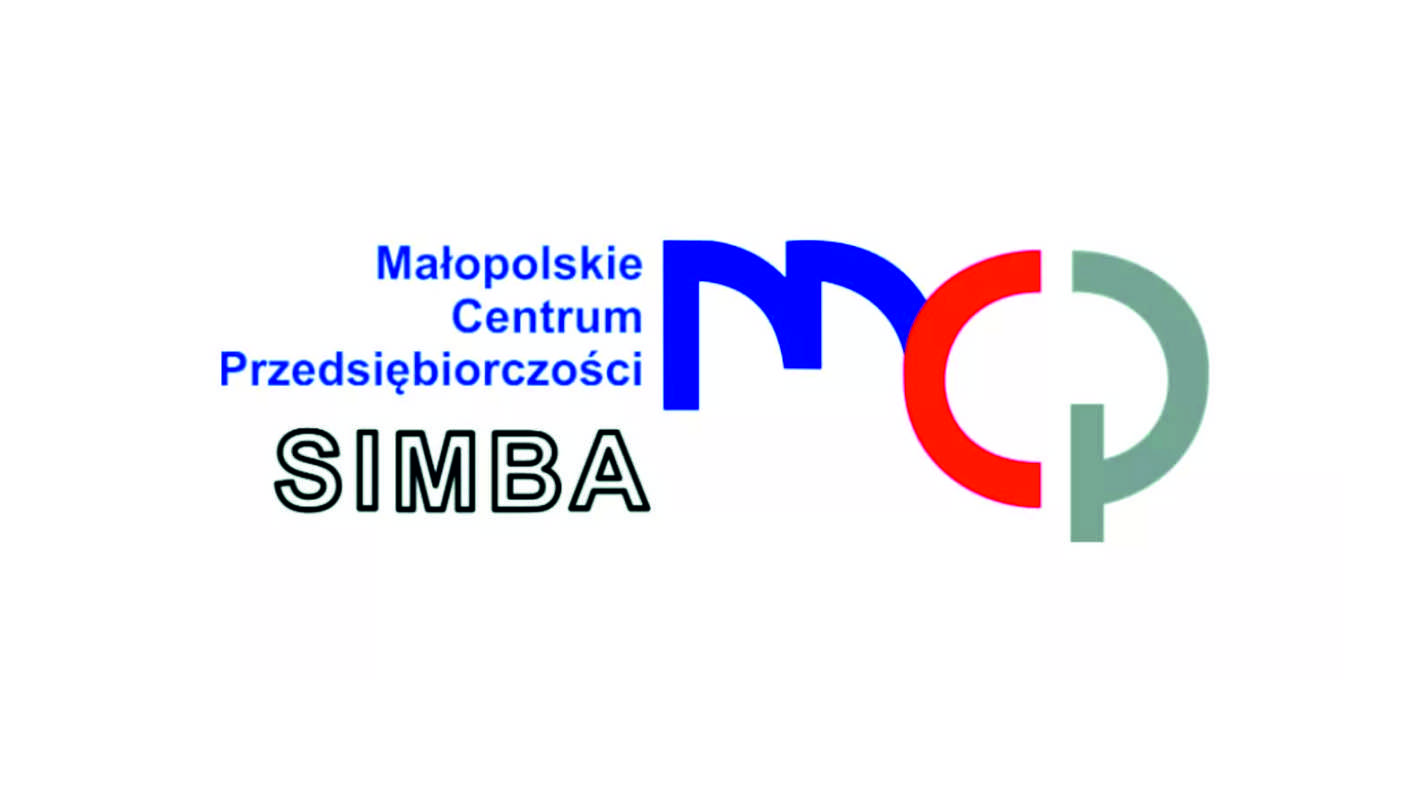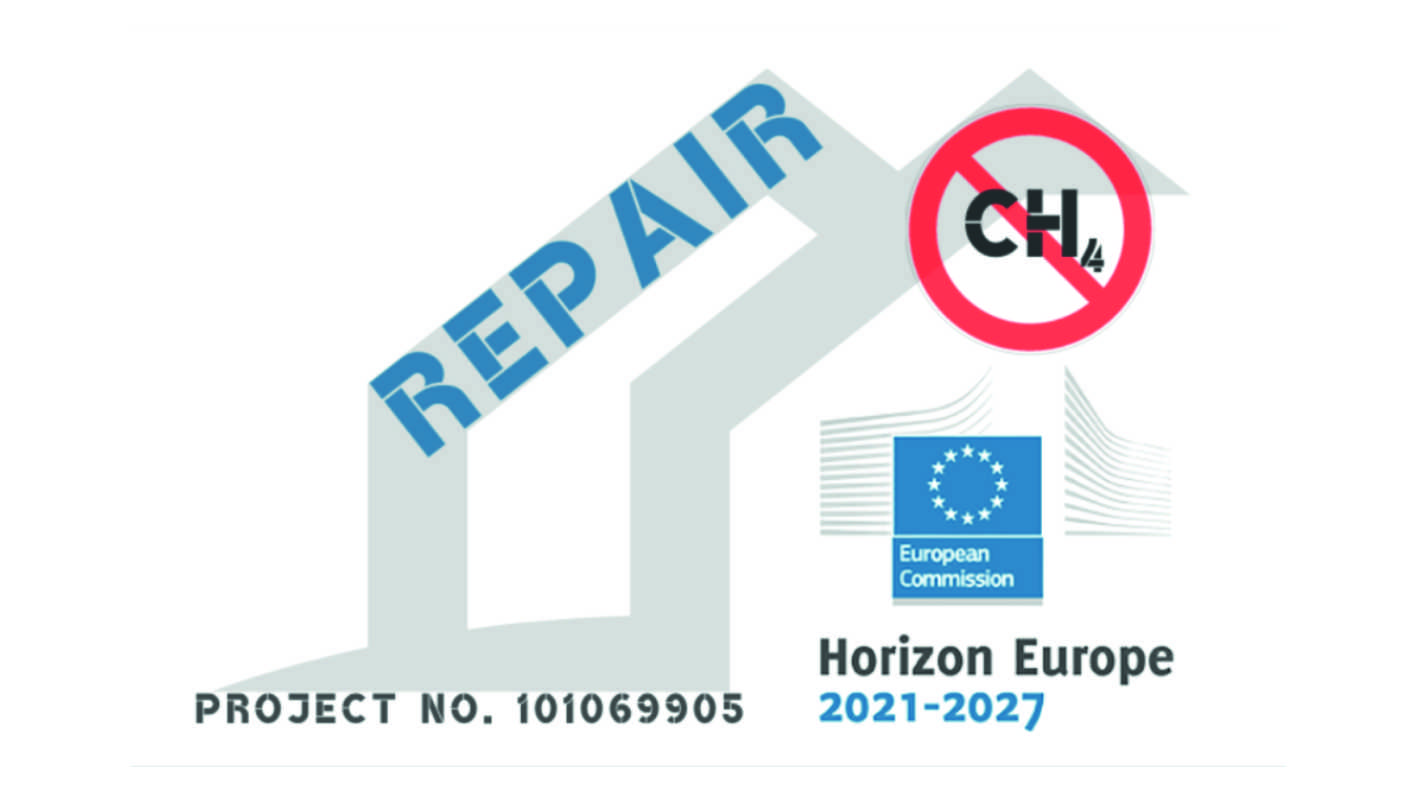
Hydrogen Energy Rechargeable Architectures: Coupling of on-demand hydrogen generation and storage
(HERA)
The HERA project has an ambition to bring knowledge on the “solar hydrogen” production & storage closer to the users and, via technological optimization, translate it to a product. This goal will be achieved by integrating lab-scale studies with system-oriented experimental examinations, yet unapplied to the compounds/composites proposed in HERA. The current systems for the “solar hydrogen” production consume excessive amount of energy, to overcome the oxygen kinetic-related overpotential, and cannot provide enough power in an economically feasible way. Also, they do not include the storage option for the produced hydrogen. Therefore, the main HERA’s goal is to construct a kinetically enhanced PEC device that will provide the absorption of the produced H2 in the cathode material. The proposed setup will also allow for the on demand release of the absorbed gas. The photooxidation reaction will be the driving force of the planned architecture. It will involve other than water oxidation processes that are expected to provide enough electrons for the water reduction, hydrogen formation and its subsequent absorption by the cathode. The latter will be realized by application of metal hydrides as a hydrogen storage medium. In HERA, we will focus on the investigation of A2B7- and AB-type alloys, in view of their versatility for the PEC hydrogen production and storage. The research will to go far beyond single case examples and cover systematic investigations of multi-substituted compositions, underlying the relationship between the fundamental material properties and functionalities in the studied photoelectrochemical architectures. We expect that HERA achievements will contibute to breakthroughs in the field of design and applications of the environment-friendly and economically viable renewable energy-based technologies.

A system of innovative coating materials for the protection of concrete and reinforced concrete structures (SIMBA)
The project involves the implementation of research and development works aimed at the development of innovative coatings or coating systems that provide surface protection for concrete structures with new functionalities. The designed coatings will enable self-cleaning of the surface and provide thermal protection (they will heat up in winter, cool down in summer), and will reduce chemical and biological pollution. Commonly used coatings absorb heat and light, get dirty and darken, so they absorb even more light and become more hydrophobic, thus the evaporation of water and the related cooling is ineffective.
In the proposed system thanks to the use of microspheres and the phenomenon of photocatalysis, reflective properties, and evaporation of water from the hydrophilic surface will be enhanced. At the same time, the originators ensure that they will be able to offer a solution not only with synergistic functionalities but also compatible with environmentally and socially friendly policies and consistent with the concept of sustainable construction.

Removing non-CO2 greenhouse gas emissions to support ambitious climate transitions
(REPAIR)
InPhoCat is a Partner in the consortium (9 Partners from 7 countries) that received the European Union funding from the HORIZON 2021-2027 program for the four-year project (No. 101069905): „REPAIR: Removing non-CO2 greenhouse gas emissions to support ambitious climate transitions„. Our common task is to develop an effective technology for the removal of anthropogenic greenhouse gases such as CH4 and N2O. The technology will find application in the agricultural sector mainly. We hope that these innovative solutions will significantly reduce the emission of harmful gases and contribute to climate protection.
#greenhouse #climatetransition #KTH #SINTEF #UU.nl #INPHOCAT #VALIO.com #CMCC.it #TUE.nl #NORDICDACGROUP #agro-alimentarias.coop
